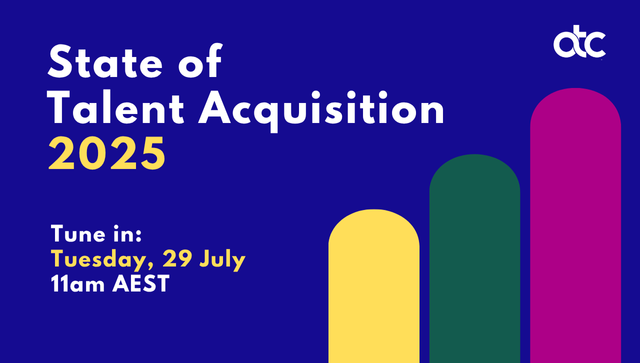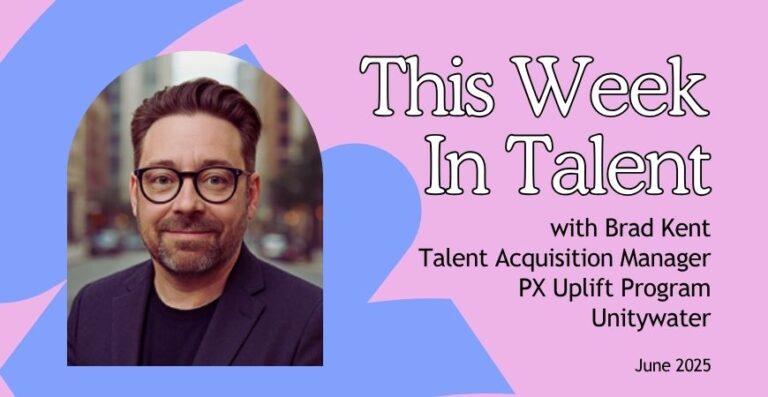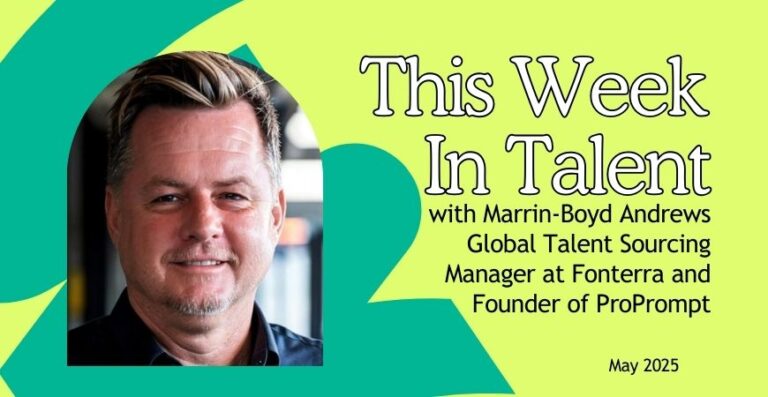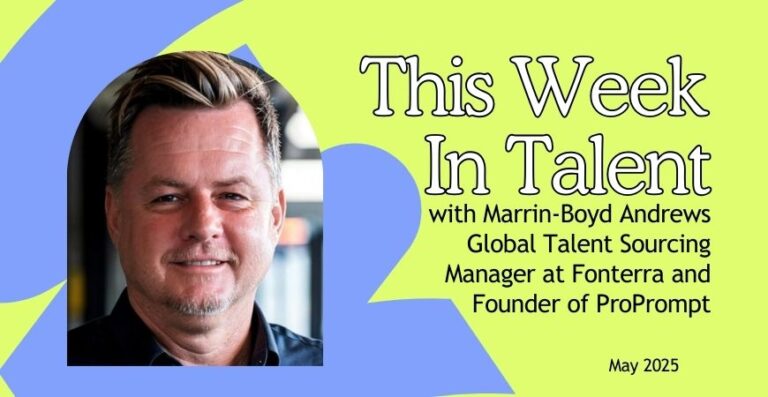Amelia’s Story of How to Adapt to AI-Generated Applications
One morning, Amelia Grant, the head of talent acquisition at TechForward Solutions, called her recruitment team for a brainstorming session.
“As you all know, we are seeing more and more automated applications that mimic humans who may not have the skills we need. How can we filter out these AI-driven applications and ensure we’re engaging with authentic candidates?”
Her team shared their current experiences with automated resumes.
Rachel mentioned an applicant who gave an impressive response on an assessment but failed to answer even basic questions during a live interview. Another recruiter, Tom, noted how several candidates copied exact phrases from the company’s job description into their cover letters—something likely done by an AI tool.
The problem wasn’t just wasting the team’s time. It also discouraged genuine candidates who felt overlooked in a sea of spam applications.
Amelia’s team decided it was time to rethink their recruiting process from the ground up.
Their Approach to Ensuring Candidate Authenticity
-
Design AI-Resistant Application Processes
The team’s first move was to create an application process prioritizing originality and personal effort. The company introduced context-specific application questions instead of relying solely on resumes and cover letters. Applicants were required to answer prompts directly related to the job. For instance, a software engineering candidate might be asked:
- “Describe the most challenging bug you’ve ever solved and how you approached it.”
- “What excites you about [Company Name]’s mission, and how would you contribute to it?”
The team ensured these questions were specific to the company’s direction, technology, and culture to prevent AI-generated responses. They knew generic AI tools would struggle to answer meaningful questions requiring deep organization knowledge.
-
Verify Skills Through Real-Time Assessments
To further combat inauthentic applications, they implemented a new step in the hiring process where appropriate: real-time skill assessments. Applicants were invited to complete short tasks that mirrored actual job responsibilities.
Candidates might be asked to write a brief campaign strategy during a timed session for a marketing role. Engineers were given coding challenges to solve in a monitored environment. By incorporating these assessments early in the process, the team ensured that only candidates with genuine skills advanced.
One key example stood out: a candidate who submitted a perfectly crafted resume claiming expertise in Python failed to complete a simple coding task. The real-time test revealed that AI had likely generated the application.
-
Behavioral Interviews with a Twist
They also reimagined the traditional interview process. They decided to introduce unexpected, open-ended behavioral questions during live interviews. Questions like:
- “What’s the most significant mistake you’ve made in your career, and how did you recover?”
- “What’s one thing about [our industry] that you think most people misunderstand?”
These questions required candidates to think on their feet, showcasing their ability to respond authentically. AI-trained candidates who relied on memorized scripts often faltered under this approach.
Leading by Example
Amelia’s team recognized that implementing these changes wasn’t enough; they needed more training to identify red flags during applications and interviews.
For instance:
- Overly polished language: If a cover letter sounded too perfect or robotic, it warranted further scrutiny.
- Inconsistent details: Amelia taught her team to cross-reference candidates’ answers during interviews with their resumes. Genuine applicants were usually consistent, while AI-assisted ones often showed discrepancies.
- Unfamiliarity with their own application: Some candidates who relied heavily on AI couldn’t elaborate on projects or experiences listed in their resumes.
The team also emphasized empathy. She reminded her team that the goal wasn’t to punish AI users but to focus on identifying and supporting authentic talent.
Implementing Video Introductions
One of their most innovative ideas was the introduction of video introductions. Candidates were asked to record a two-minute video answering a simple question: “What excites you about this role?” This allowed the recruitment team to assess enthusiasm, communication skills, and authenticity.
While this added an extra step to the application process, it quickly became a valuable tool. The team recalled one case where an applicant had a very basic resume but submitted a passionate, articulate video about their love for the company’s mission. That person was hired and turned out to be a star employee.
Technology as an Ally, Not an Enemy
Amelia understood the irony of using technology to counteract AI misuse but wasn’t afraid to embrace innovative tools. She partnered with a software vendor to introduce AI-driven application analysis tools. These tools didn’t evaluate candidates but flagged suspicious patterns, such as:
- Applications submitted in bulk within minutes.
- Overuse of key phrases lifted from the job description.
- Responses that matched AI-generated text from large language models.
By using technology in this way, Amelia’s team could focus their time on reviewing applications that were more likely to be authentic.
Building a Culture of Transparency
Amelia didn’t want to discourage applicants who genuinely needed AI tools for assistance, such as individuals with disabilities or those from nontraditional career paths. They decided to ask what tools they used, why they used them, and how these tools supported their application.
Example question:
“Have you used any AI tools to assist with your application? If so, please let us know which tools you used and how they supported you. This information will not negatively impact your application and will only help us understand your unique needs.”
Transparency about tool usage can help recruiters distinguish between candidates using AI appropriately and those misusing it to inflate their qualifications.
Results and Industry Impact
Within six months of implementing these changes, Amelia’s team saw a 40% reduction in irrelevant applications. The quality of candidates reaching the interview stage improved dramatically, and hiring timelines shortened by 25%. Other companies in the industry began to take notice, reaching out to Amelia for guidance.
Amelia’s efforts didn’t just streamline her company’s recruitment process. They set a new standard for the industry, emphasizing the importance of authenticity and adaptability in hiring.
A New Way Forward
Amelia’s leadership demonstrated that recruiting isn’t just about filling roles; it’s about fostering trust between employers and employees. By prioritizing authenticity, her team ensured they weren’t just hiring workers but building a community of individuals committed to the company’s mission.
The age of AI has introduced new challenges, but Amelia has shown that recruiters can adapt and thrive with the right mindset and strategies.
© 2024 Kevin Wheeler
46330 Sentinel Drive, Fremont, CA 94539 USA







